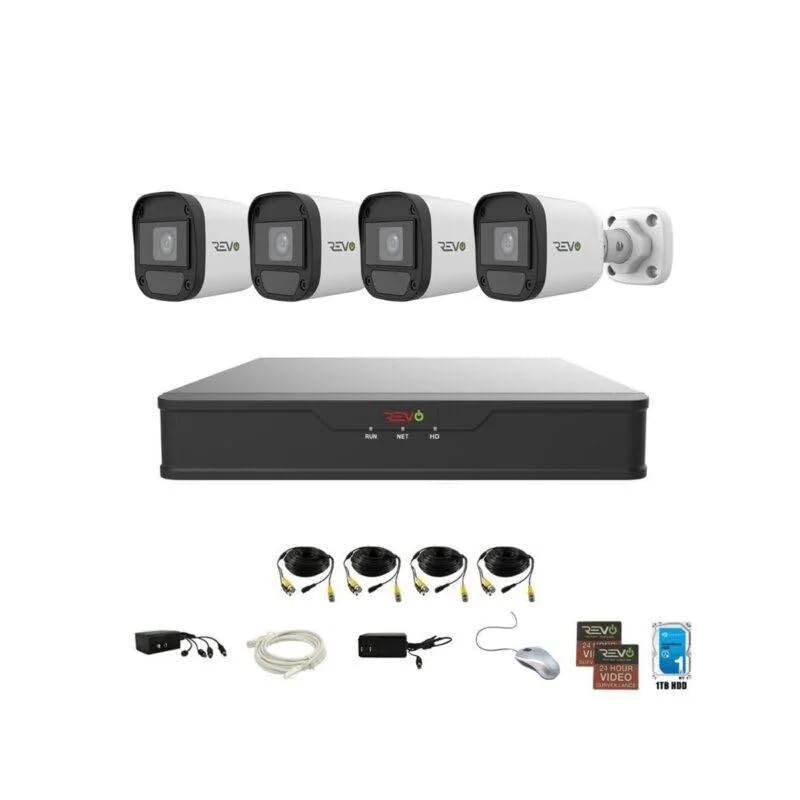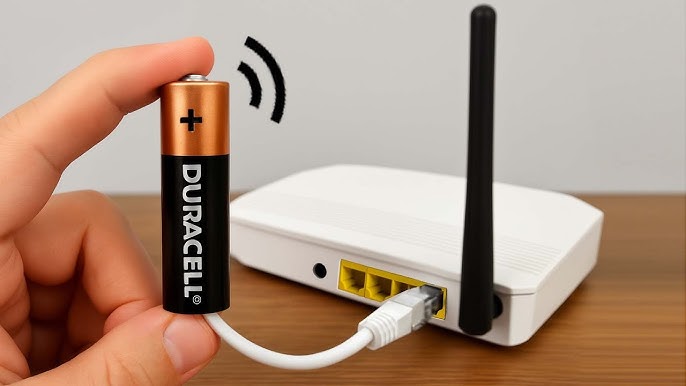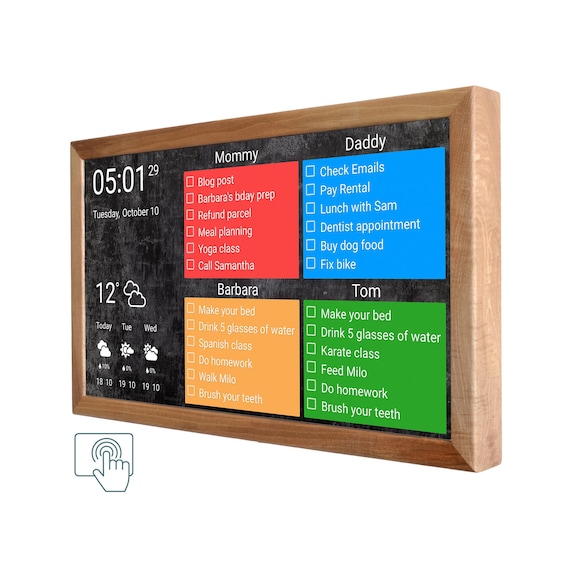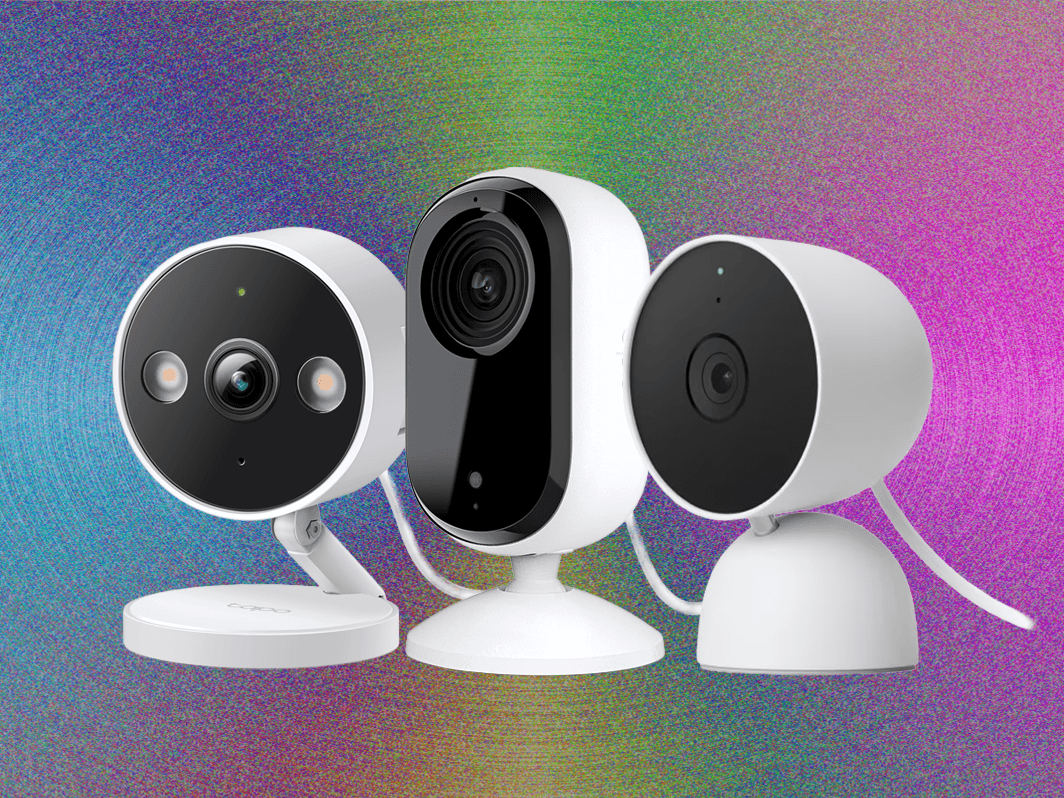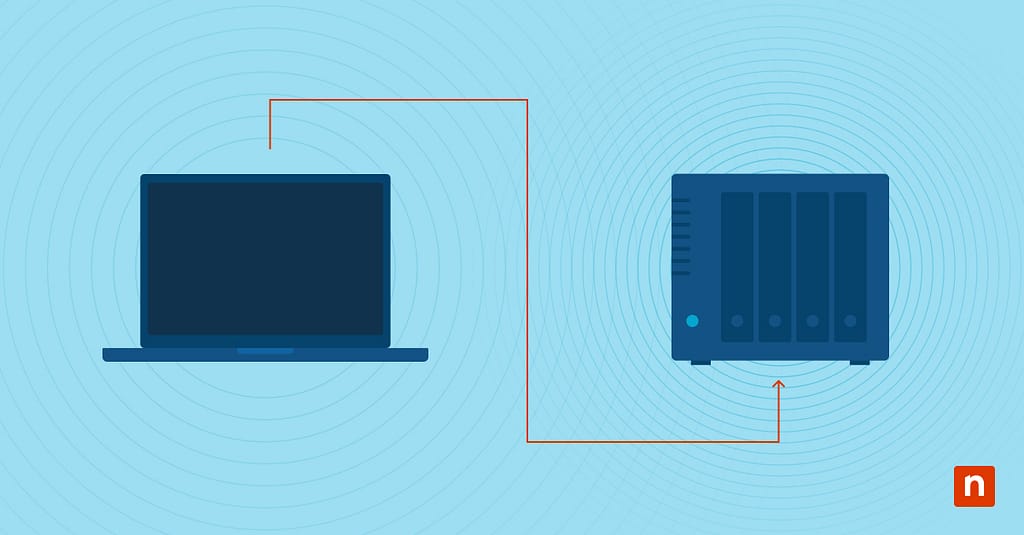Are you looking for a smarter way to protect your home? Hybrid home security systems might be exactly what you need.
They combine the best of both worlds—wired and wireless technology—to give you reliable, flexible protection. Imagine having a system that adapts to your lifestyle, keeps your family safe, and stays connected no matter what. Keep reading to discover how a hybrid system can transform your home security and give you peace of mind like never before.
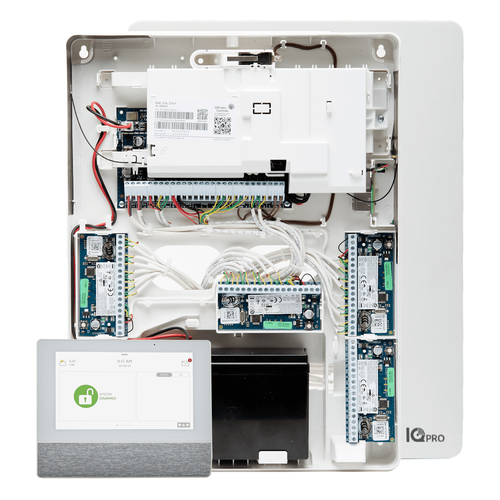
Credit: www.geoarm.com
What Are Hybrid Home Security Systems
Hybrid home security systems combine wired and wireless components. They offer flexible options for protecting your home.
These systems connect sensors and cameras using both cables and wireless signals. This mix helps cover different areas effectively.
Flexibility In Installation
Hybrid systems allow you to install wired devices where wiring is easy. Wireless devices go where cables cannot reach.
This setup works well in old and new homes. You can protect every corner without major changes in your home structure.
Reliable Connectivity
Wired parts provide steady connections that do not lose power. Wireless parts add convenience and easy placement.
If wireless signals get weak, wired devices keep the system working well. This balance improves overall security.
Cost-effective Security
Using both wired and wireless parts can lower installation costs. You avoid rewiring your entire home.
Hybrid systems let you add new wireless devices later. This saves money and lets you upgrade easily.
Easy Expansion And Upgrades
You can start with basic wired devices and add wireless sensors as needed. This makes your system grow with your needs.
New wireless cameras or alarms join the system without rewiring. This flexibility helps keep your home safe over time.
Key Components Of Hybrid Systems
Hybrid home security systems combine wired and wireless devices. They offer flexible protection for homes of all sizes.
Understanding the key components helps you choose the right system for your needs. Each part plays a special role in keeping your home safe.
Wired Devices
Wired devices connect directly with cables. They provide a steady and reliable signal without interference.
These devices are often used in places where wiring is easy to install or already exists. They need less battery maintenance.
- Door and window sensors
- Security cameras
- Motion detectors
- Glass break sensors
Wireless Devices
Wireless devices connect using radio signals or Wi-Fi. They are easy to install and move around.
These devices work well in homes where wiring is difficult. They rely on batteries and need regular charging or replacement.
- Wireless door and window sensors
- Battery-powered cameras
- Smoke and carbon monoxide detectors
- Remote control key fobs
Control Panels And Hubs
Control panels or hubs manage the entire security system. They connect all wired and wireless devices.
These units allow users to arm or disarm the system. They often have touchscreens, keypads, or mobile app control.
- Central control panel
- Wireless hubs for device connection
- Mobile app integration
- Alarm sirens and notifications
Benefits For Modern Homes
Hybrid home security systems combine wired and wireless technology. They offer strong protection for today’s homes.
These systems adapt well to different home sizes and needs. They help keep families safe with smart solutions.
Enhanced Reliability
Hybrid systems use both wired and wireless parts. This setup reduces risks of signal loss or interference.
Wired connections provide steady power and data. Wireless parts add backup and reach places wires cannot.
- Wired parts ensure constant connection
- Wireless parts work if wires fail
- System stays active during power outages
Flexibility And Scalability
These systems fit many types of homes. You can add or remove devices as needed.
They work well in small apartments or large houses. You can start small and grow the system later.
- Add cameras and sensors without rewiring
- Change or move devices easily
- Support for smart home integration
Cost-effectiveness
Hybrid systems save money over time. You pay less for installation and upgrades.
Wireless parts reduce the need for expensive wires. You avoid costly repairs by using backups.
- Lower installation costs with wireless parts
- Easy upgrades without full system replacement
- Less damage and repair expenses

Credit: www.amazon.com
Installation And Setup Tips
Hybrid home security systems combine wired and wireless parts. This mix gives you more options for safety.
Setting up your system right helps it work well. Follow these tips to install and set up smoothly.
Choosing The Right Equipment
Pick devices that fit your home’s size and layout. Check if parts work with each other before buying.
Look for sensors, cameras, and control panels that suit your needs. Think about battery life and range.
- Use wired devices for steady power and fewer signal drops
- Add wireless parts for easy moves and extra coverage
- Choose equipment with clear instructions for easy setup
Professional Vs Diy Installation
Professional installation ensures correct wiring and placement. Experts test your system for best performance.
DIY installation saves money and lets you learn your system well. It suits those comfortable with tools and tech.
- Professionals install complex wired parts safely
- DIY works for simple wireless device setups
- Consider time, skills, and budget before choosing
Integration With Smart Home Devices
Connect your security system with smart lights, locks, or voice assistants. This adds control and convenience.
Check compatibility before buying devices. Use apps to manage all your smart home features in one place.
- Link cameras to smart displays for live views
- Set lights to turn on when alarms trigger
- Use voice commands to arm or disarm the system
Top Features To Look For
Hybrid home security systems combine different technologies for better protection. They use both wired and wireless components.
Choosing the right features helps keep your home safe and gives peace of mind. Look for options that fit your needs.
Remote Monitoring
Remote monitoring lets you watch your home from anywhere. You can check cameras and sensors using your phone or computer.
This feature helps you respond quickly to alarms or unusual activity. It adds a layer of control even when you are away.
Mobile Alerts
Mobile alerts send notifications to your phone if something happens at home. These alerts can include motion detection or door openings.
Quick alerts help you act fast and keep your home safe. You can customize alerts for different events.
Backup Power Options
Backup power keeps your security system running during power outages. This is important to avoid gaps in protection.
Look for systems with battery backup or alternative power sources. This ensures your system stays active at all times.
- Battery backup lasts several hours
- Solar power options for longer outages
- Automatic switch to backup power
Video Surveillance
Video surveillance lets you see live or recorded footage of your home. Cameras can cover entrances, yards, and other areas.
Choose cameras with good resolution and night vision. Some systems offer two-way audio to talk through the camera.
- High-definition video quality
- Night vision for low light
- Wide viewing angles
- Two-way audio communication

Credit: www.pcmag.com
Common Challenges And Solutions
Hybrid home security systems combine wired and wireless parts. This mix can cause some problems for users.
Understanding these challenges helps in fixing them and keeping your home safe.
Connectivity Issues
Wireless parts may lose connection due to distance or interference. Wired parts usually stay connected but can fail if cables break.
Strong signals and proper placement of devices reduce these problems.
- Place wireless sensors near the main hub
- Avoid walls and metal objects blocking signals
- Check cables regularly for damage
- Use signal boosters if needed
Maintenance And Upgrades
Both wired and wireless parts need regular checks. Batteries in wireless devices must be replaced on time.
Upgrading software keeps the system safe and working well.
- Test sensors and cameras monthly
- Replace weak or dead batteries
- Update system software when updates are available
- Clean devices to avoid dust problems
Balancing Wired And Wireless Components
Wired parts offer strong connections but need careful setup. Wireless parts are easier to move but may face signal issues.
Choosing the right mix depends on your home layout and security needs.
- Use wired connections for main cameras and alarms
- Use wireless sensors in hard-to-wire places
- Plan device locations before installation
- Check compatibility between wired and wireless parts
Comparing Hybrid Systems With Traditional Options
Home security systems come in different types. You can choose wired, wireless, or hybrid systems. Each type has its own features and benefits.
Understanding how hybrid systems compare to traditional options helps you pick the right one for your home.
Wired Only Systems
Wired systems use cables to connect sensors and cameras to a central panel. They need professional installation and may require drilling walls.
These systems are reliable because wires provide a steady connection. They do not rely on batteries or Wi-Fi signals.
- Strong and stable connection
- Less interference from other devices
- Usually more expensive to install
- Harder to move or upgrade
Wireless Only Systems
Wireless systems use radio signals to connect parts. They are easy to install and do not need cables inside walls.
These systems work well in homes where drilling is not allowed. They rely on Wi-Fi or batteries, which can affect performance.
- Simple and fast installation
- Flexible and easy to move
- May face Wi-Fi or battery issues
- Usually less durable than wired
Hybrid Advantages
Hybrid systems mix wired and wireless parts. This blend offers a balance of reliability and flexibility.
They let you keep important wired devices and add wireless sensors where needed. This makes upgrades easier and reduces installation hassle.
- Combine stability of wired with ease of wireless
- Customize system based on home needs
- Lower installation cost than full wired
- More options for future expansion
Future Trends In Home Security
Home security is changing fast with new technology. Hybrid systems mix old and new tools for better safety.
These changes help protect homes smarter and make life easier for users.
Ai And Machine Learning Integration
AI helps security systems learn from data. It can spot threats faster than humans.
Machine learning improves cameras and alarms by reducing false alerts. It knows what is normal and what is not.
- Detects unusual activity automatically
- Improves face and voice recognition
- Adapts to changes in the home environment
Iot Expansion
More devices connect through the Internet of Things. This makes home security systems work together better.
Smart locks, lights, and sensors share information to create a safer home network.
- Remote control of devices from smartphones
- Automatic alerts if a device detects a problem
- Easy integration with new security tools
Enhanced User Experience
Security systems will be simpler to use. Clear interfaces help all family members stay safe.
Voice commands and mobile apps allow quick control and monitoring from anywhere.
- Easy setup and management
- Real-time notifications on phones
- Customizable alerts for different users
Frequently Asked Questions
What Is A Hybrid Home Security System?
A hybrid home security system combines wired and wireless devices. It offers flexibility, reliability, and easy upgrades. This system suits various home sizes and security needs.
How Do Hybrid Systems Improve Home Security?
Hybrid systems allow seamless integration of multiple devices. They ensure consistent monitoring even if one part fails. This enhances overall protection and user control.
Are Hybrid Systems Easy To Install?
Yes, hybrid systems are relatively easy to install. Wireless components require minimal setup, while wired parts provide stable connections. Professional installation is optional but recommended for best results.
Can I Customize A Hybrid Home Security System?
Absolutely. Hybrid systems offer high customization with sensors, cameras, and alarms. You can tailor security features based on your home layout and personal preferences.
Conclusion
Hybrid home security systems offer flexibility and reliability. They combine both wired and wireless components. This ensures a strong, consistent security setup. Homeowners can enjoy peace of mind. Installation is usually straightforward. Monitoring options cater to varied needs and budgets.
Upgrading is easy with these systems. They adapt to changing technology trends. Investing in hybrid security is wise. It balances cost and efficiency. Protecting your home becomes simpler and more effective. Consider hybrid systems for a secure home environment. They provide a modern, comprehensive solution.
Your safety deserves the best approach available.
19 min read

